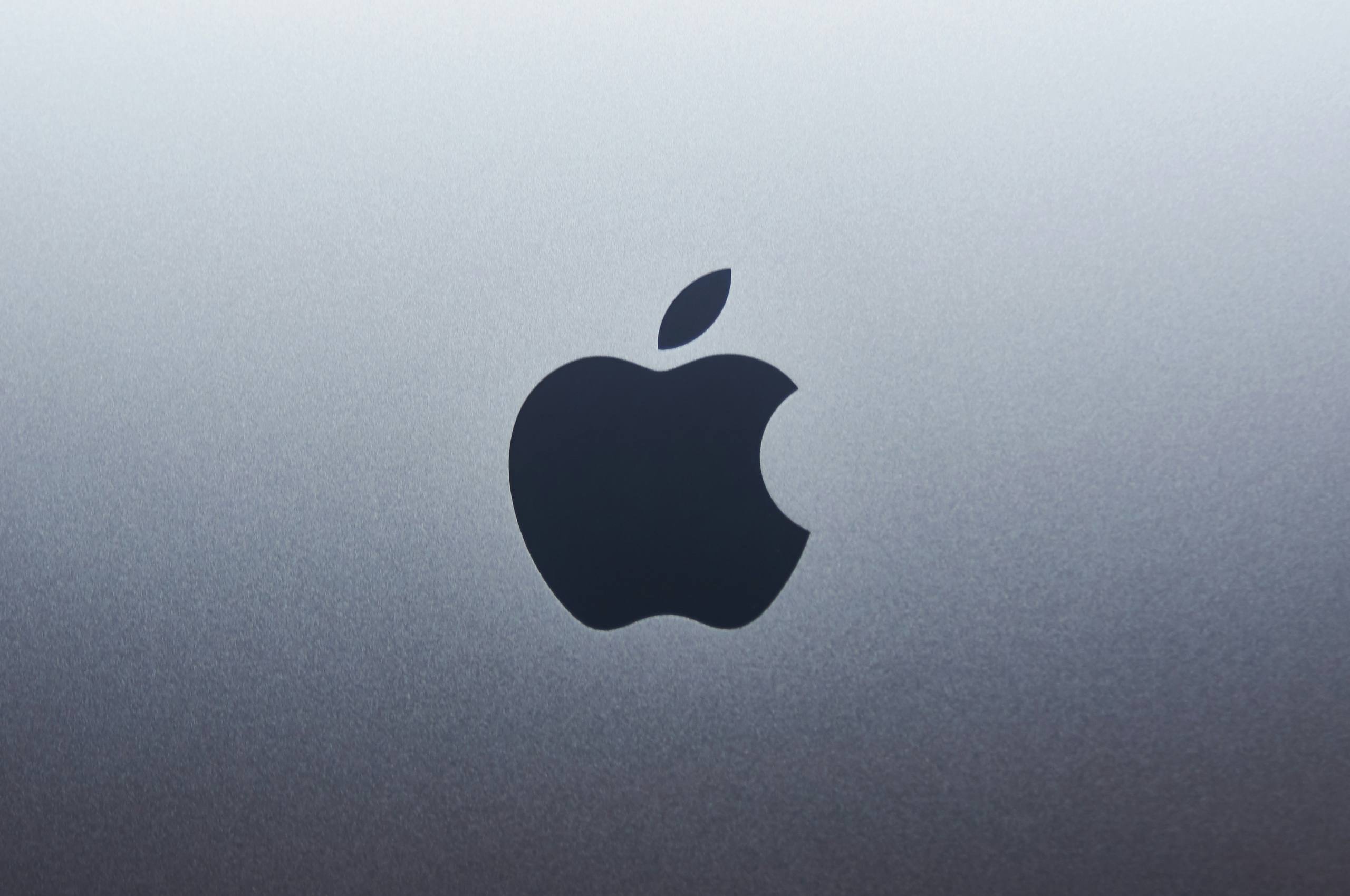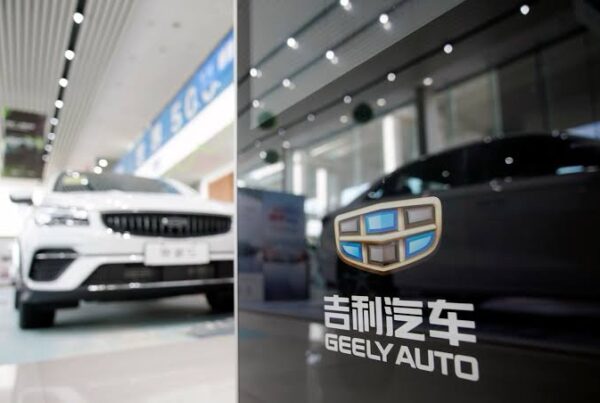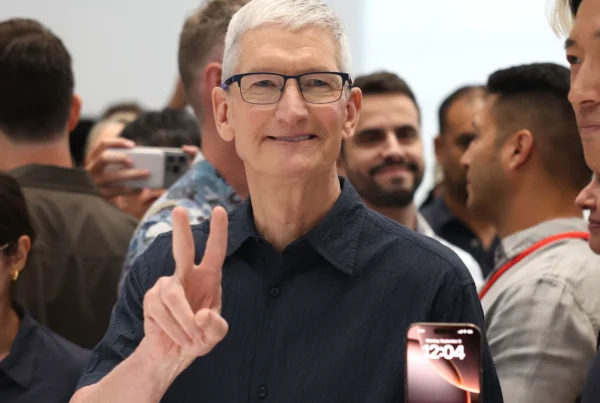A growing chorus of critics suggests that the era of groundbreaking Apple’s innovation may be fading. Once defined by Steve Jobs’ iconic “one more thing” reveals that repeatedly reshaped industries, the tech giant now faces accusations of prioritizing incremental updates over revolutionary leaps. The debate has been amplified by prominent voices, including Meta CEO Mark Zuckerberg, who openly question if Apple’s walled garden approach now stifles the very creativity that once made it a global icon.
This shift in perception marks a critical juncture for the Cupertino-based company. While its financial performance remains stellar, the narrative surrounding its product pipeline has changed. Consumers and analysts alike are beginning to ask a once-unthinkable question: Is Apple becoming predictable?
The Core of the Criticism: Iteration Over Revolution
For years, the world eagerly awaited Apple’s keynotes, expecting to be shown the future. The launches of the iPod, iPhone, and iPad were not just new products; they were cultural resets that created entirely new markets. However, recent years have seen this excitement tempered by a sense of predictability. The core of the criticism lies in the perception that Apple now favors safe, iterative updates rather than taking the bold risks that defined its legacy.
This sentiment is most evident in its flagship product, the iPhone. While each new model brings a faster processor, a better camera, and minor design tweaks, the fundamental user experience has remained largely unchanged for several generations. This has opened the door for competitors to experiment with more radical form factors, such as foldable phones, creating a visual contrast between a “safe” Apple and a more daring Android ecosystem.
The iPhone’s Predictable March Forward
The annual iPhone release cycle has become a prime example for those arguing that Apple’s innovation has stagnated. Each September, the world receives a device that is undeniably excellent but rarely surprising. The improvements are tangible—brighter screens, more efficient chips, and sophisticated camera software—yet they lack the “wow” factor that once accompanied Apple’s announcements. Critics argue this represents a company focused on perfecting a winning formula rather than inventing a new one.
This strategy, while commercially successful, has led to a market where the primary reason to upgrade is often the age of one’s current device, not the pull of compelling new features. While Apple maintains a fiercely loyal customer base, the excitement has been replaced by a quiet, reliable expectation. This contrasts sharply with the early days of the smartphone, where each new iPhone felt like a significant leap into the future.
Meanwhile, competitors are not standing still. Companies like Samsung have invested heavily in foldable technology, offering a genuinely new mobile experience. While not yet mainstream, these efforts signal a willingness to take risks and explore the next frontier of personal computing. This external pressure only serves to highlight the perceived safety of Apple’s current trajectory.
Mark Zuckerberg’s “Open vs. Closed” Salvo
The debate was thrown into sharp relief by Meta CEO Mark Zuckerberg, who has positioned his company’s strategy as the philosophical opposite of Apple’s. In various statements, Zuckerberg has framed the future of technology particularly spatial computing as a battle between “open” and “closed” ecosystems. He argues that Meta’s approach with its Quest headsets, which embraces a more open platform, will ultimately foster more competition and innovation.
“In every generation of computing, there’s been an open model and a closed model,” Zuckerberg noted, drawing a parallel to the PC vs. Mac dynamic. He contends that Apple’s “walled garden,” while offering a seamless user experience, ultimately limits choice and developer freedom. This critique directly targets the heart of Apple’s innovation strategy, suggesting its control over hardware and software could become a long-term liability.
Zuckerberg’s comments are, of course, self-serving, as Meta is a direct competitor to Apple in the nascent mixed-reality market. However, his remarks resonate with a broader sentiment in the tech community. By criticizing the high price and closed nature of the Apple Vision Pro, he is tapping into a pre-existing narrative that Apple is becoming a luxury brand that is out of touch with the collaborative spirit of technological progress.
Vision Pro: A Bold Glimpse or a Costly Distraction?
No product better encapsulates the current debate around Apple’s innovation than the Vision Pro. On one hand, it is an undisputed technological marvel, packing cutting-edge display technology, an intuitive user interface, and powerful spatial computing capabilities into a single headset. It is arguably Apple’s most ambitious new product since the Apple Watch.
On the other hand, its astronomical price tag of $3,499, coupled with first-generation limitations like a cumbersome external battery, has confined it to a niche audience of developers and wealthy early adopters. This has led many to question whether the Vision Pro is a true glimpse of the future of computing for everyone or simply an expensive experiment with an uncertain path to mainstream relevance.
A Technological Feat with a High Barrier to Entry
There is little doubt that the technology inside the Vision Pro is years ahead of its competitors. The clarity of its micro-OLED displays and the precision of its hand-and-eye tracking have been widely praised as industry-leading. For those who have used it, the experience is often described as magical, seamlessly blending digital content with the real world. This is a testament to Apple’s deep investment in research and development.
However, innovation is not just about technical capability; it is also about accessibility and impact. With a price that is seven times higher than its main competitor, the Meta Quest 3, the Vision Pro is simply not a viable product for the average consumer. This high barrier to entry has fueled arguments that Apple is building a “pro” device for a market that doesn’t yet exist, potentially ceding the mainstream spatial computing landscape to more affordable alternatives.
The product’s success will ultimately depend on the creation of “killer apps” that make it an indispensable tool for work or entertainment. Without a compelling ecosystem of software, the Vision Pro risks becoming a powerful piece of hardware in search of a purpose—a criticism that has rarely been leveled at Apple’s most successful products.
The Long Game: Is Apple Redefining Patience?
Defenders of Apple argue that judging the Vision Pro based on its first-generation release is shortsighted. They point to the original iPhone and Apple Watch, both of which faced skepticism at launch before evolving into dominant platforms. From this perspective, the Vision Pro is not a finished product but the foundation for a decade-long journey into a new computing paradigm.
This argument suggests that Apple’s innovation has not slowed but has instead shifted its timeline. Rather than delivering immediate revolutions, the company is now laying complex groundwork for future ecosystems. This requires immense patience and capital, something Apple has in abundance. The development of custom silicon, like the R1 chip in the Vision Pro, is evidence of this deep, long-term investment.
The question remains whether the market and consumers will have the same patience. In a fast-moving industry, waiting for a platform to mature carries risks. If competitors can deliver a “good enough” experience at a fraction of the price, Apple may find itself playing catch-up for the hearts and minds of mainstream users.
Where Apple’s Innovation Still Shines Brightly
Despite the criticism, it would be a mistake to write off Apple’s innovative capacity entirely. While the company may not be launching revolutionary new product categories every few years, its innovation continues in less visible but equally impactful ways. The focus has shifted from creating new devices to perfecting the integration between them.
This is most apparent in two key areas: the development of its custom silicon and the relentless refinement of its software ecosystem. These foundational strengths provide a user experience that is still largely unmatched by its rivals and represent a form of innovation that is harder to market but deeply felt by its users.
The Unseen Power of Apple Silicon
Perhaps the most significant and underappreciated area of Apple’s innovation is in its chip design. The transition from Intel processors to its own M-series Apple Silicon for the Mac lineup was a monumental undertaking that has paid off spectacularly. These chips deliver an industry-leading combination of performance and power efficiency that has revitalized the entire Mac platform.
This is not a superficial feature but a fundamental re-engineering of the product from its core. The performance gains have enabled new creative workflows and extended battery life to unprecedented levels, making MacBooks a compelling choice for professionals. This deep-level hardware innovation demonstrates that Apple is still capable of making bold, long-term bets that redefine a product category, even if it’s one it has occupied for decades.
This vertical integration, where Apple controls everything from the chip to the operating system, is a strategic advantage that is nearly impossible for competitors to replicate. It allows for a level of optimization that creates a smoother, more reliable, and more powerful user experience.
The Ecosystem as the Ultimate Product
Ultimately, Apple’s strongest defense against claims of stagnation is its ecosystem. The seamless way that the iPhone, iPad, Mac, and Apple Watch work together is not an accident but the result of years of deliberate engineering and software design. Features like Handoff, Universal Clipboard, and AirDrop may seem like small conveniences, but collectively they create a powerful, frictionless experience that locks users into the Apple world.
For millions of people, this integrated ecosystem is the product. The innovation is not in any single device but in the symphony they create together. This holistic approach ensures that the value of owning an Apple product increases with each new Apple device a user adds to their collection.
While critics may lament the lack of a new, standalone revolutionary gadget, Apple has been quietly building something far more defensible: a deeply integrated platform that offers a consistent and high-quality experience across every screen in a user’s life. This may be a more mature, less flashy form of innovation, but it is a powerful one nonetheless.
The debate over Apple’s innovation is complex, with valid arguments on both sides. Critics see a giant resting on its laurels, delivering predictable updates while smaller, more agile competitors take bigger risks. On the other hand, defenders point to deep, foundational advancements in silicon and an unparalleled ecosystem as evidence of a more mature but equally potent innovative spirit. The true test will be whether Apple can translate its technological prowess and immense resources into the next “one more thing” that once again changes the world.
For more in-depth analysis of the tech industry, continue exploring the latest articles on Olam News.









